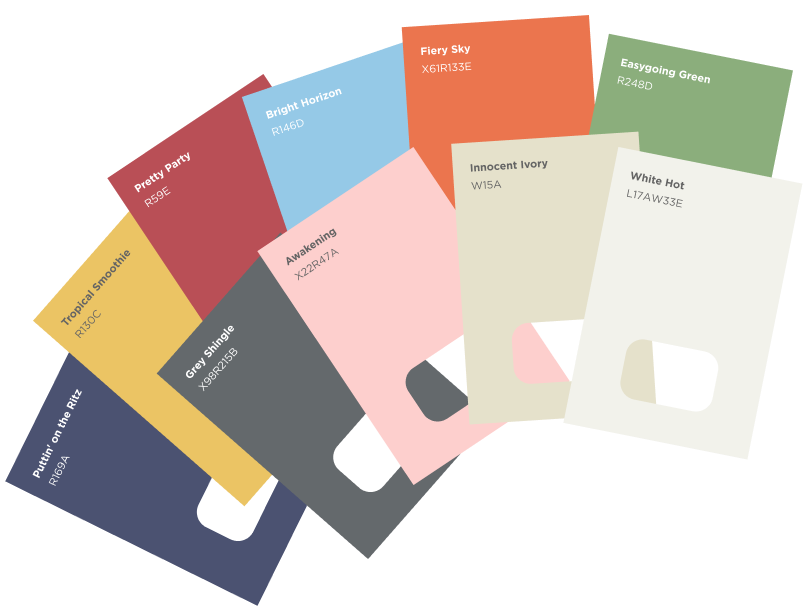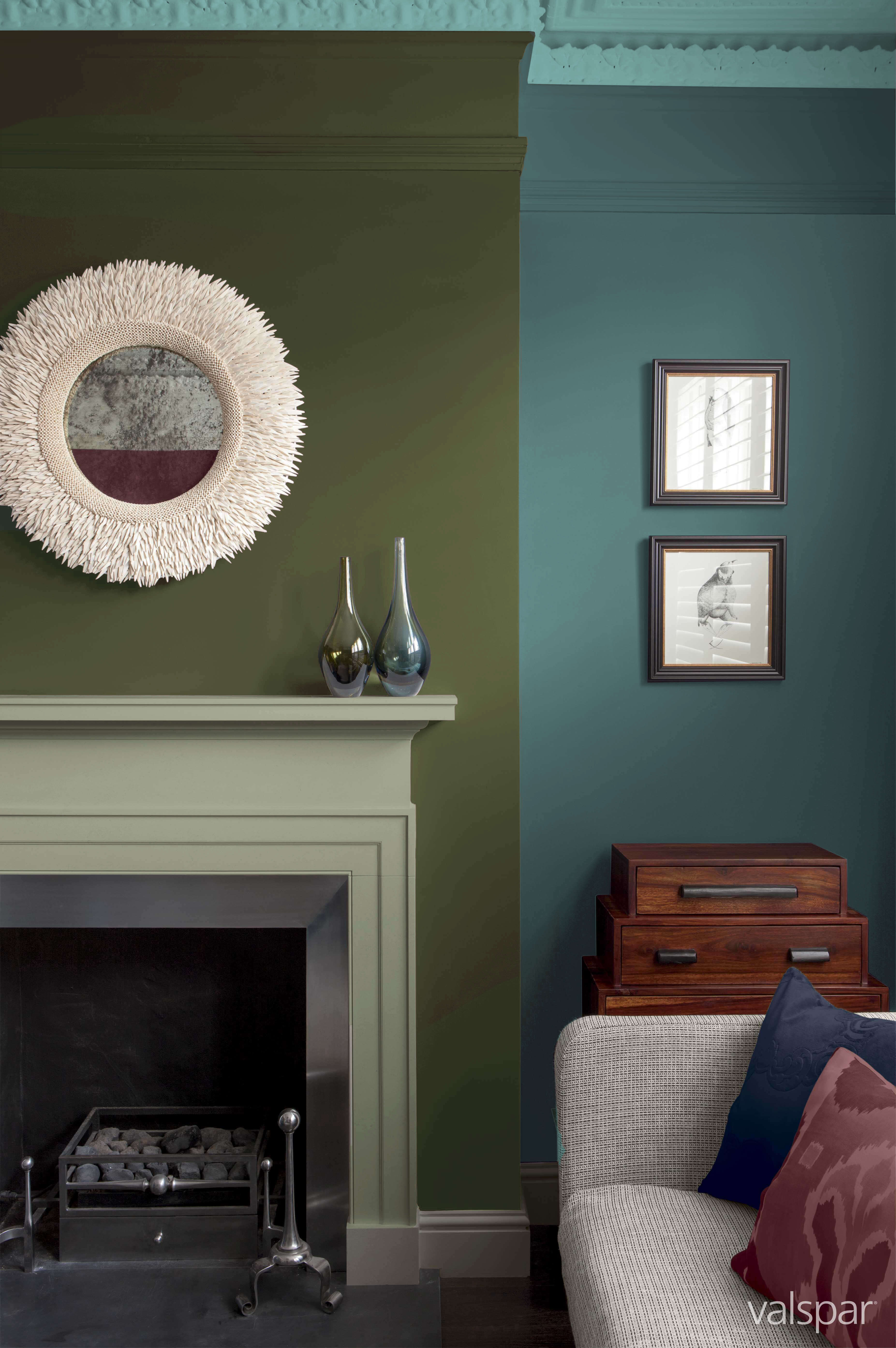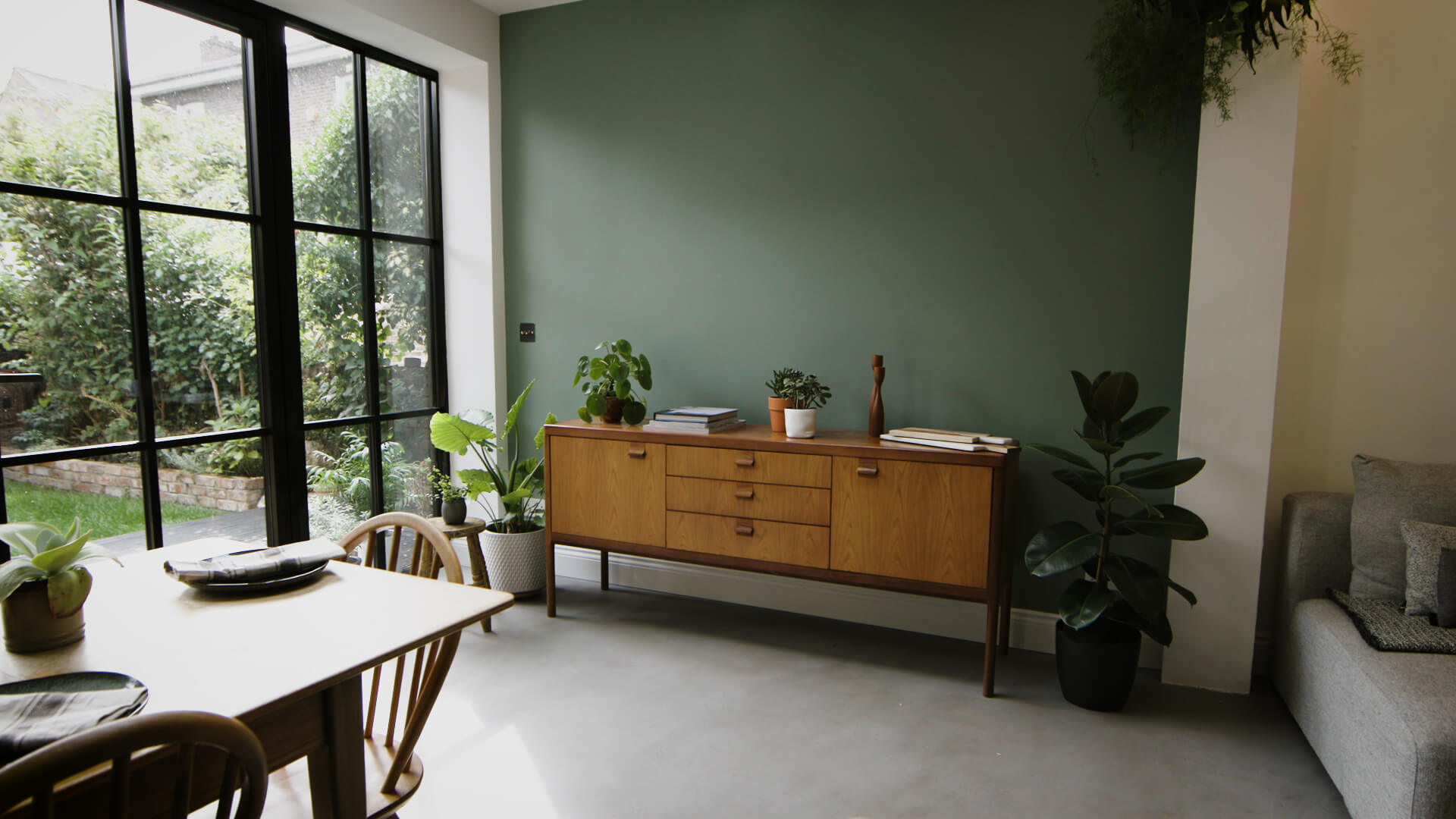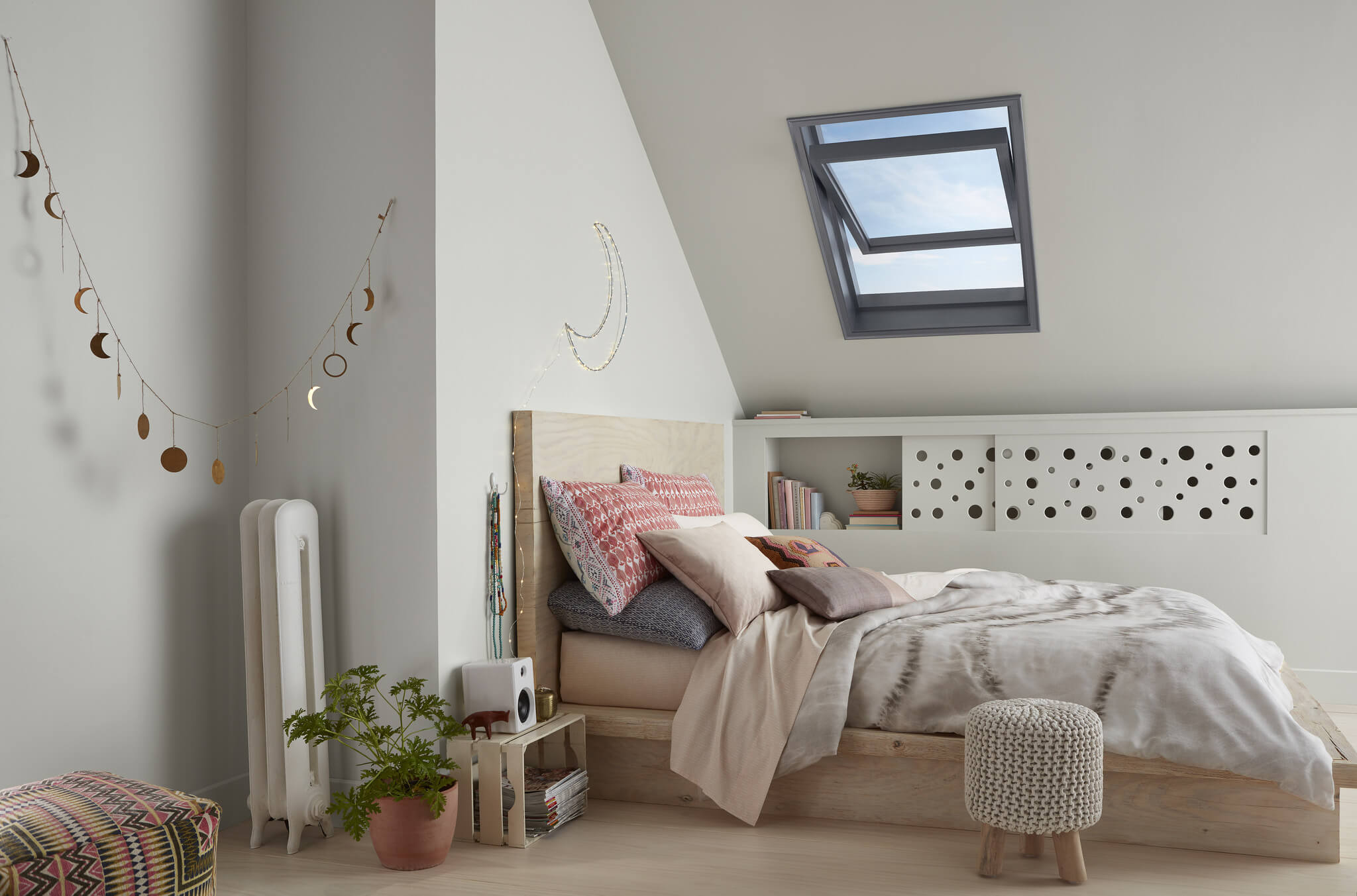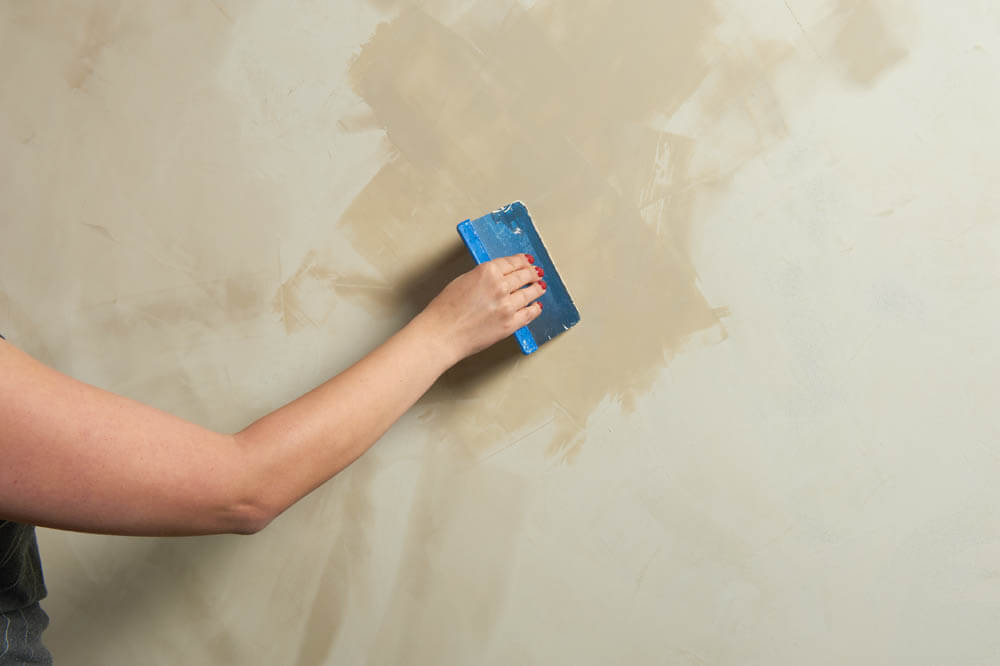
How to paint new plaster
Painting a newly plastered wall requires more preparation than painting a normal wall.
You can’t start painting new plaster directly and instead have to take steps to seal the plaster so you can get the colourful finish you want.
What you’ll need
- Emulsion for the mist coat
- Water
- Dust sheets
- Decorator’s tape or masking tape
- Topcoat paint
- Paintbrush or roller
1. Let the plaster dry
The very first thing you need to do when painting new plaster is to let it dry. A week should be long enough to let it completely dry out and for all damp patches to disappear. Once the plaster is dry it should be light with no dark spots and a consistent colour and appearance throughout.
Your plaster will dry quicker with a heater or if you open a window.
If you try to apply paint to wet plaster this can cause adhesion problems. Applying emulsion to wet plaster also means that it may not bond properly and you could find that it peels off your wall.
Painting on dried plaster can also cause the paint to dry very fast, leaving you with irregular brush strokes and an uneven finish. So to combat this, you need to apply a mist coat.
While the plaster is drying, put down dust sheets and use your tape to protect any fixtures and fittings – applying a mist coat can be very messy!
2. Mix a mist coat
A mist coat is made of watered-down emulsion paint and acts as a primer. The extra moisture gives the wall something to absorb so your topcoat should stick. Alternatively, you can use a water-based primer which saves you the mess of making a mist coat. All our primers are water-based and will help you achieve an even and colourful finish.
To make a mist coat, mix three parts emulsion with one part water. You should always check the paint tin for the manufacturer’s instructions as ratios can vary.
You don’t have to use exactly the same paint you’ve chosen for the final topcoat but you should use a similar colour for an even finish.
The mist coat will be completely mixed together when the water isn’t settling on the surface of the emulsion.
3. Apply the mist coat and let it dry
There are two different ways you can apply the mist coat.
If you choose to use a roller, you’ll cover the wall much quicker but it will be very messy as rollers can splatter paint very easily.
Alternatively, a paintbrush will take much longer but you shouldn’t have as many drips to deal with.
However, you choose to apply the coat, work in smooth upward motions until you cover the entire wall. The mist coat is very runny so whenever you spot drips or streaks, paint over them quickly to prevent them from drying and ruining your perfect finish.
Wait 24 hours for your mist coat to dry before you apply the topcoat.
4. Apply the topcoat
As soon as your mist coat has dried you can decorate normally. There’s no need to sand down the wall as you’ve already done all the prep, so this bit is easy.
Apply the topcoat in a V motion for even coverage. For the best results, you may need to apply more than one coat. To find out how to paint your walls like a professional, have a look at our guide.


